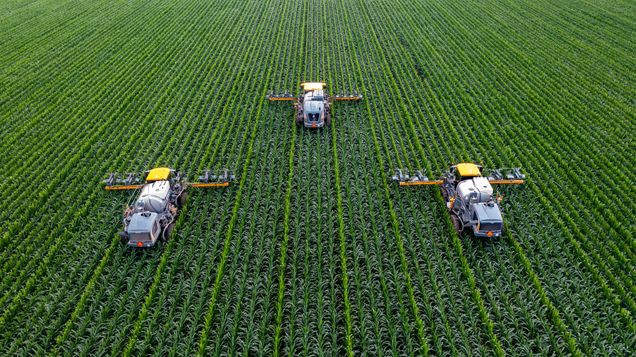Agricultural Diversity, Structural Change and Long-Run Development: Evidence from the United States

At stages of a country’s development when agriculture employs a large share of the population, the characteristics of agricultural production can strongly influence the evolution of the economy. Economists have extensively studied the impact of agricultural productivity on development. The effects of certain types of agricultural products have also attracted considerable interest. In contrast, the role of diversity (the variety and balance of the crops in the production mix) in agriculture has remained largely unexplored.
In a new journal article published in the American Economic Journal: Macroeconomics, Martin Fiszbein examines how agricultural diversity has affected the process of development in the US. He uses data from US counties over 140 years from 1860-2000 on the production of 36 items comprising agricultural output. With this data, he estimates the impacts of agricultural diversity on various markers of societal development.
Main findings:
- Early agricultural diversity had positive and persistent effects on development across US counties.
- One standard deviation increase in a county’s agricultural diversity in 1860 led to increases in its levels of population density and income per capita in 2000 of about 73 percent and six percent, respectively.
- The positive effects of agricultural diversity on development are likely explained by the fact that agricultural diversity can foster entry into new activities and the acquisition of new ideas and skills.
- Early agricultural diversity led to higher levels of industrial diversification, patent activity and employment in new occupations.
- Agricultural diversity also positively affected the shares of industrial workers employed in knowledge- and skill-intensive sectors.
Fiszbein’s findings add to a growing body of evidence about deeply rooted factors that have shaped historical paths of economic growth and thus display persistent effects on development. His focus on the role of agricultural diversity sheds new light on the role of agriculture in the process of development and on the relevance of diversity’s effects on growth through the acquisition of skills and ideas. Additionally, the findings may be relevant for understanding contemporary growth trajectories of developing countries, though further research is needed to identify the mechanisms through which diversity affects development in different contexts across space and time.
Read the Journal Article